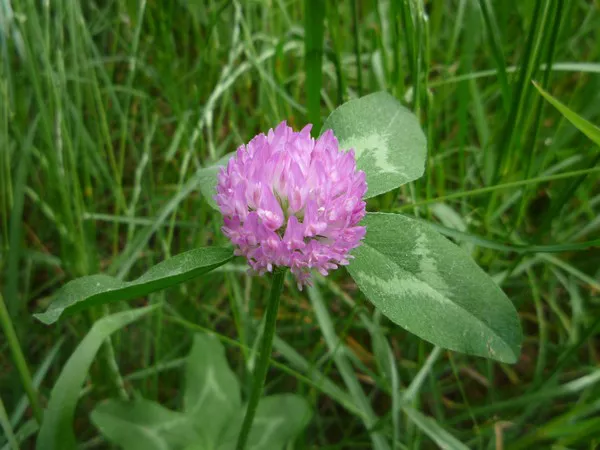As the autumn season approaches, garden enthusiasts have the perfect opportunity to lay the groundwork for success in their green spaces. This time of year not only offers a chance to reap the rewards of summer growth but also allows for the collection of seeds from favored plants. Instead of purchasing seed packets annually, why not consider gathering seeds from your own plants or those of your acquaintances?
A frugal tip for the season is to gather seeds from the summer flowers that have flourished. The satisfaction and excitement of nurturing plants from your own harvested seeds are unparalleled. This not only presents a simple process but also proves cost-effective, resulting in a garden adorned with vibrant blossoms that can be shared among friends.
When collecting seeds, it’s crucial to target healthy plants on dry days. Harvest seed heads as they transition from green to brown, subsequently placing them on a tray within a greenhouse, on a sunlit windowsill, or in a warm airing cupboard. This setup encourages the seedpods to naturally release their contents. Prior to storage, the removal of husks and debris is necessary.
To keep the seeds viable until spring, utilize small paper packets. Label these packets accurately and store them within an airtight container. Seed collection varies in difficulty; while certain seeds like columbines, love-in-the-mist, poppies, and foxgloves can be collected by tipping, shaking, or splitting open seed capsules onto a sheet of paper, smaller and more delicate seeds may require sifting through a fine sieve.
The act of seed collection often serves as an insurance policy for plant continuity. Some plant species, such as Salvias, lack complete hardiness, necessitating the preservation of seeds in case the original plants fail to withstand winter conditions.
During this season, Salvias demonstrate their true beauty as they proudly display spikes of flowers that harmonize seamlessly with other late-blooming classics like Asters. Renowned for their numerous merits, Salvias excel in drought tolerance, low maintenance, resistance to pests and diseases, and their popularity among pollinators.
Achieving optimal growth in full sun and well-drained soil, Salvias’ resilience to drought and wind increases with smaller leaf size. Noteworthy varieties include the newcomer ‘Amistad,’ boasting rich purple blooms spanning May to November, the iconic ‘Hot Lips’ with its red and white flowers, and the radiant violet-flowered ‘Viola Klose,’ an appealing alternative to lavender.
Echoing the enduring flowering period of Salvias, Asters, also referred to as Michaelmas daisies, captivate both pollinators and garden enthusiasts alike. Recognized for their daisy-like flowers and late-season charm, most Asters are perennials that grace borders and beds for years. However, in extended dry spells, additional watering is advised by the Royal Horticultural Society, as the height of an aster can fluctuate yearly based on its water intake.


